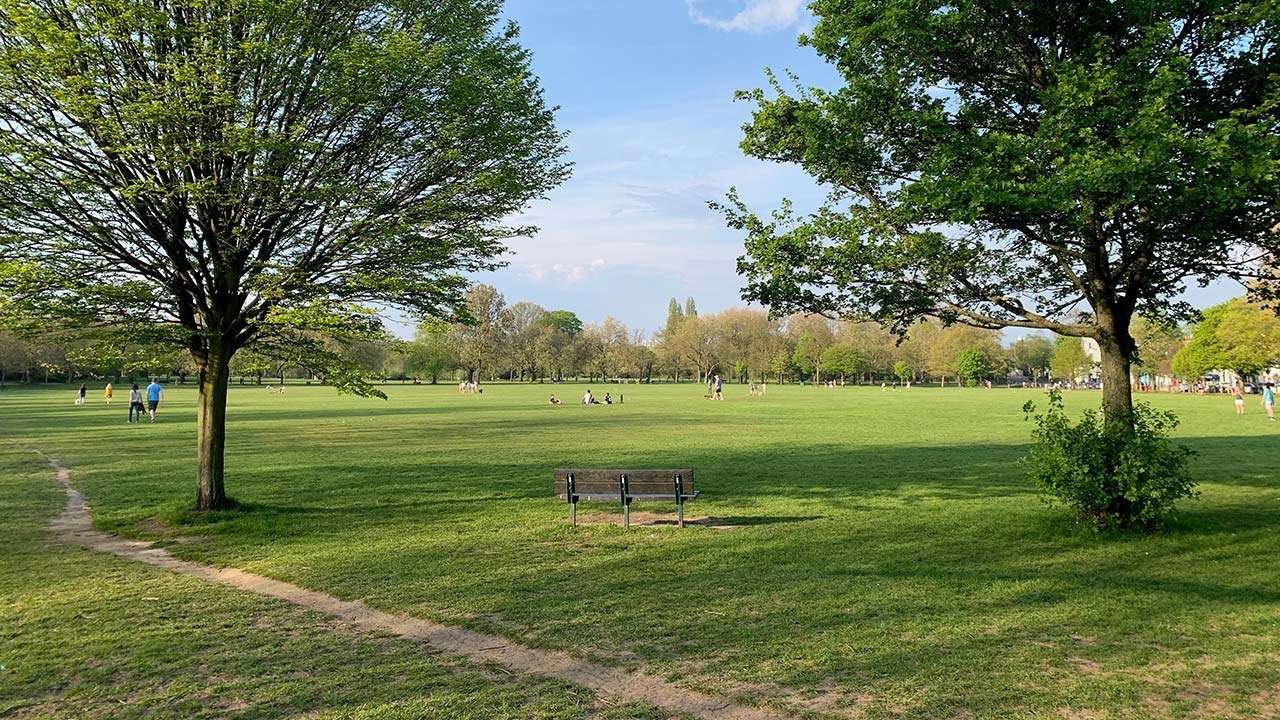POSTED Mar 22, 2022 - 04:36 PM
The ecological and economic benefits of community spaces
Plus, how do we address the lack of green spaces in the metro?
Original Source: https://nolisoli.ph/98327/brisbane-public-park-golf-course-bn-ayuvallos-20210713/
Original Text by Andrei Yuvallos
Additional Text by Kleo Catienza
In an era when urban areas are often characterized by transit, pedestrian mobility, and higher density living, the need for easily accessible public domains such as parks and greenways has become more crucial than ever.
These public spaces often act as buffer zones in residential areas, industrial properties, and the environment—making them essential in providing a diverse and balanced ecosystem to urban communities. They also help promote psychological well-being, foster creativity, and increase access to cultural opportunities and social networks.
In addition, public spaces are especially needed in a pandemic. According to the Centers for Disease Control and Prevention, an individual is “less likely” to contract COVID-19 when they engage in outdoor activities. Dr. Antonio Dans of the Philippine Society of General Internal Medicine adds that green or open spaces lessens the transmission of the virus by 94 percent as such areas have proper ventilation.
Utilizing public spaces for economic development
More than their environmental, recreational, and health benefits though, outdoor ecological spaces also bring some economic advantages. For starters, they can increase property values.
According to a US-based independent organization dedicated to urban parks City Parks Alliance, the value of properties near outdoor spaces, parks, and trails are higher by about five percent than those in surrounding areas.
Second, they are good for business. As more people (and by extension, consumers) move closer to community spaces, enterprises around the area can expect a rise in revenue. Furthermore, a 2019 survey found that 75 percent of corporate executives “want to locate in places that can provide cultural and recreational opportunities as well as a sense of community.”
Third, community spaces attract tourists. In a poll conducted by the National Recreation and Park Association, it was found that people look for “park and recreation amenities—such as beaches, parks, trails, and secluded and relaxing places—when choosing a vacation destination.”
Lack of green and open spaces in the metro
Presidential Decree No. 1216 Section 31 requires subdivision projects of one hectare or more to allocate 30 percent of their gross areas for open spaces such as parks, playgrounds, or other recreational facilities. And every subdivision must abide by the following standards when building non-alienable open spaces:
- 9 percent of gross area for high density or social housing
- 7 percent of gross area for medium-density or economic housing
- 3.5 percent of gross area for low-density or open market housing
Residential projects are also expected to conduct tree planting activities in areas designated by the National Housing Authority.
Despite this provision though, there is still a significant decline in urban community spaces—specifically in Metro Manila—due to a high density population and rapid development.
In a 2019 report, the Department of Environment and Natural Resources-National Capital Region revealed that nine cities in Metro Manila failed to meet the World Health Organization’s minimum standard of green spaces provision, while other cities have enough green spaces but are not open to the public. These include cemeteries like Manila North and South Cemeteries and private golf courses like Manila Golf Country Club, Villamor Airbase Country Club, Philippine Navy Golf Club, and Wack Wack Golf and Country Club.
Golf course turned into public park
Having public parks is a central part of life in big cities all around the world. While Manila is visibly gray from outer space, there are still green spaces around the area—only private. It doesn’t mean that it should stay that way though. Take Victoria Park Golf Course in Brisbane, Australia for example.
The Victoria Park Golf Course officially ditched its “golf course” label and is currently reinventing itself into a massive outdoor playground. The 64-hectare area will feature bike trails, a lake for water sports like kayaking and canoeing, a cultural complex, productive gardens where people can plant their own food, and lots of green recreational spaces.
It will also have several easy access points like a designated metro station, bridges for pedestrians, and bike lanes for cyclists.
An introduction to pocket parks
City dwellers often need leisure activities to get away from their busy lives and take some time for themselves. As much as massive green spaces are desired, an urban oasis doesn’t have to be one.
A relatively new concept in city planning is pocket parks. These are small parks on the outskirts of residential neighborhoods or commercial districts that provide an escape for residents and pedestrians who don't have access to more traditional green spaces.
“We do not really need large central parks. A system of smaller pocket parks—a quarter to half a hectare or so in size—is good,” said urban designer and landscape architect Paulo Alcazaren in a report.
Ultimately, governments play a vital role in shaping their cities by creating policies that promote the growth of and preserve green spaces. This can be achieved through regulations, grants, tax incentives, and laws that protect gardens, trees, and other natural areas in cities.
By understanding the functions and forms of these spaces, people can better understand how to direct their growth and development. These parks are an important means of articulating ideas about urbanization and challenges that are faced in creating ecologically diverse neighborhoods in an increasingly complex world.
Read more
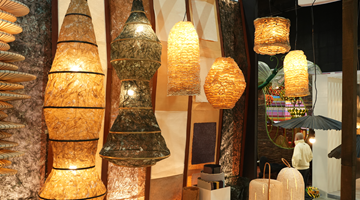
Rooted in Advocacy, Crafted for the Future
Going strong for 42 years, Manila FAME is a bold, seasoned trade show shaped by decades and transfor... Learn More
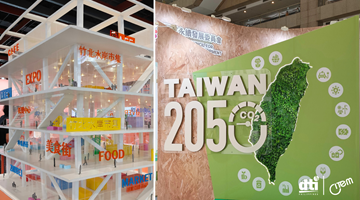
Learning the curve of sustainability: CITEM explores Taiwan’s SDG-driven industries
CITEM tracks sustainable practices in Taiwan’s transformative industries, and gets a glimpse of a... Learn More
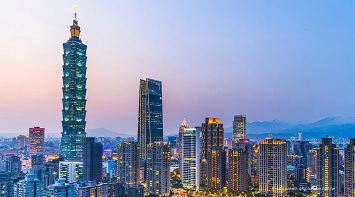
CITEM Market Sensing Mission to Taiwan to strengthen PH SDG competency
Making serious strides toward strengthening the country’s sustainability footprint, CITEM travels to... Learn More
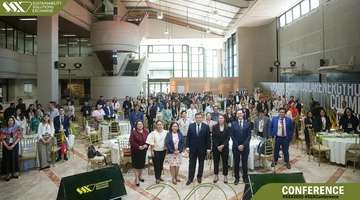
EU, PH push for green solutions in food industry at Sustainability Solutions Exchange 2025
Aiming to develop a sustainable Philippine food industry, the European Union (EU) and the Department... Learn More
